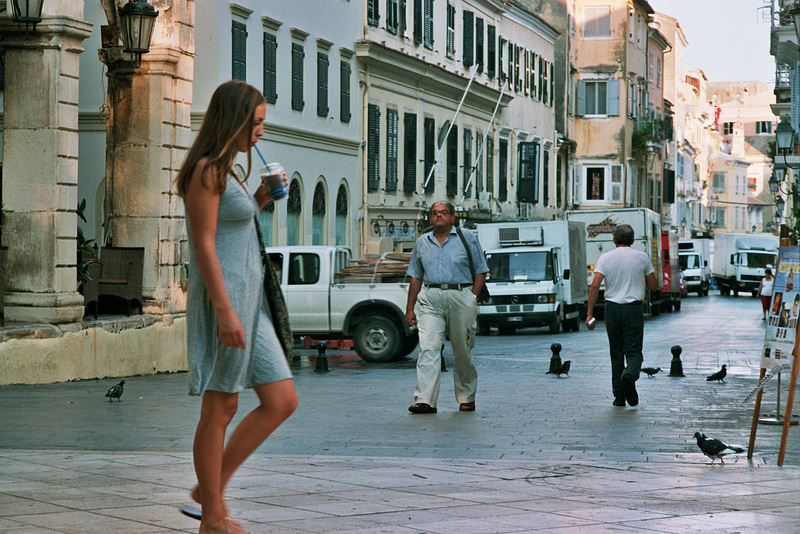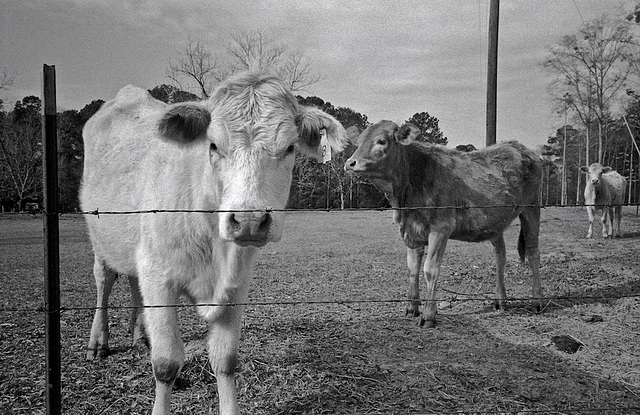Sparrow
Veteran
... and they'll say anything to look good in an interview ... I recall Henri claiming that cropping thing, in artistic terms very similar to Madonna singing Like a Virgin 🙂
"The language" you speak of is the rules!Learning how to use the language frees you from rules.
For me, the bigger issue is how to get away from the "Good" pictures I already know.
Rich read post #25.
I agree with everything you say- except the first sentence. And I'm sure Stewart does too. You are using the rules: your photographs show that you use the rules exceptionally well.I certainly don't think of using language as rules. Because say you have a color like green it can give you very different feeling and meaning by the type of lines, shape, subject matter, etc and the way the image is put together (composed). So what works in A fails miserably in B. Thats why it can take so long to get fluent. Becoming fluent frees you from all rules. A great photographer once told me either everything in the frame is helping your photograph and if those things aren't helping it then they are hurting it. That's as close to a rule as I have. And I determine what's working or not by my fluency and it is growing all the time. The more I look and try to understand more complex images the more it becomes part of my work and the more fluent I become.
Yes. Yes. I agree!If we say that good composition just IS good and bad, bad, aren't we just accepting those culturally engrained tendencies as orthodoxy? And isn't the point of art (beyond say calender art or what you might call decorative arts) to show something new or at least in a new way? For me, the bigger issue is how to get away from the "Good" pictures I already know.




... lets hear why it's OK to cut someones feet off or having partially obscured subjects in your photos ... anybody?
......
Thanks Stewart! Maybe that is what is wrong about this one : all the lines point to the middle, but there is nothing there...
EDIT for brevity
Can we now please concentrate on what the rules are? I would like to see the discussion on when one should wipe ones derrière with the rules kept for later, or maybe even for another thread.
cheers
With the best will in the world Stewart I'm struggling to find much in the way of good composition in your Corfu shot, I can see the main circle from the girl through the men and the bollards back to the pigeon on the right, beyond that not really. The framing is wonky which is not a big problem, but it does irritate me with architecture, the girl should in my opinion be in focus as she's the only person who's face we can see properly and she is at least doing something, and you've cut her foot off ( there I said it).
Sometimes it's not a problem and doesn't detract, sometimes it snags which it does here.
All of course just one persons opinion and nothing more. I know your not asking for critique, but if you are going to stand up and give lessons I think the examples should be watertight really.

My apologies, I thought the circle thing was being carried over into the next shot, so the Corfu shot is about the cutting off of feet? is this a good or a bad example, you don't actually say.

